Articles tagged with: "piano"

The Musical Alphabet: A Beginner's Guide to Note Names (A-B-C-D-E-F-G)
Unlock the language of music by learning the musical alphabet. This guide breaks down the simple A-B-C-D-E-F-G note naming system used in Western music. We'll explore how to find notes …

The Major Scale: The Foundation of Western Music
The major scale is the most fundamental scale in Western music. It's a seven-note diatonic scale that forms the basis for countless melodies, harmonies, and musical compositions across all genres....

Suspended Chords: A Guide to Creating Tension and Motion in Music
Suspended chords, or "sus" chords, are a vital tool for any songwriter, composer, or musician. By replacing the defining third of a chord with either a more neutral second (sus2) …

Mastering the 7#11 Chord: A Comprehensive Guide to Dominant Seventh Sharp Eleven
The 7#11 chord, also known as the dominant seventh sharp eleven, is a rich and colorful extended chord that adds harmonic tension and sophistication to music. This chord is particularly …

The 6/9 Chord: A Comprehensive Guide for Musicians
The 6/9 chord is a beautiful and versatile extended chord that adds color and richness to music. It is commonly used in jazz, pop, and classical music to create a …

Mastering the Octatonic Scale: Symmetry, Tension, and Modern Harmony
The octatonic scale, also known as the diminished scale, is one of the most fascinating and versatile symmetrical scales in music theory. This eight-note scale alternates between whole and half …
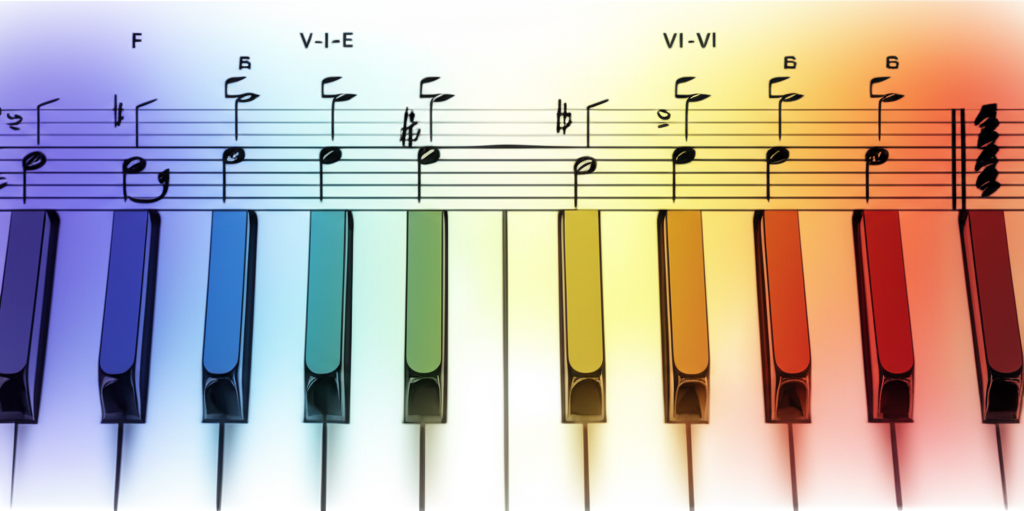
The Andalusian Cadence (Am-G-F-E): A Complete Guide to This Iconic Progression
The Andalusian Cadence is a descending chord progression typically written as Am-G-F-E in modern notation. This four-chord sequence creates a distinctive melancholic yet powerful sound that has been...

Instrument Ranges and Clefs: A Comprehensive Guide for Musicians
Instrument ranges and clefs are fundamental concepts in music theory that help musicians understand the pitch boundaries of instruments and how to notate them. A range refers to the span …

Mastering the 7#11 Chord: The Complete Guide to Dominant Seventh Sharp Eleven
The 7#11 chord, also known as the dominant seventh sharp eleven or lydian dominant, is a rich and colorful extension of the basic dominant seventh chord. This sophisticated harmony adds …

The Neapolitan Major Scale: A Comprehensive Guide for Musicians
The Neapolitan Major scale is a fascinating and somewhat exotic scale that offers a unique sound palette for composers and improvisers. This scale, also known as the Lydian Dominant scale, …
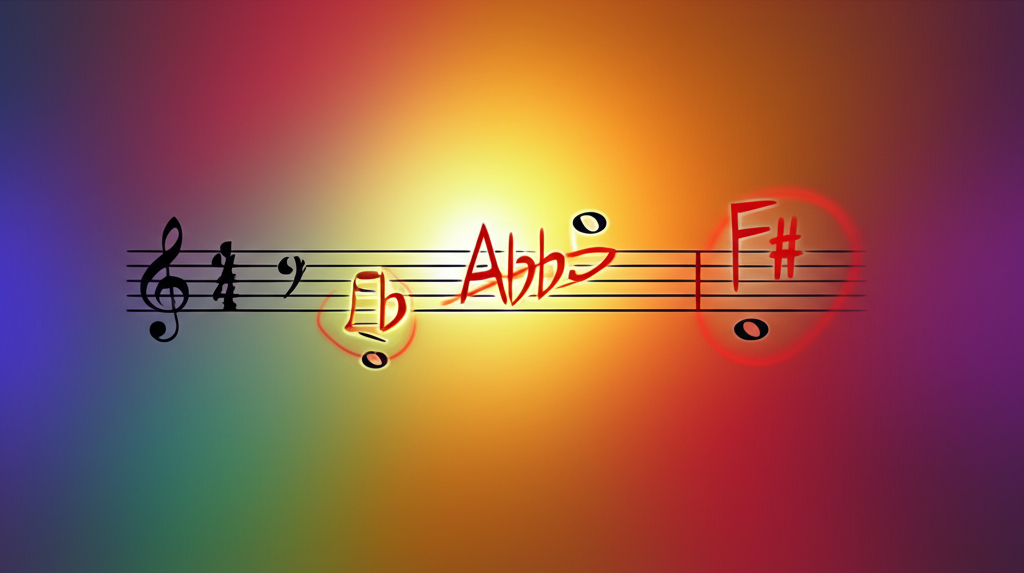
The Complete Musician's Guide to the Locrian Mode
The Locrian mode is the seventh and final mode of the major scale, known for its dark, unstable, and tense sound. This mode is unique because it features a diminished …

The Blues Scale: The Sound of American Soul
The blues scale is a fundamental musical tool that captures the expressive, soulful heart of the blues and has profoundly influenced countless genres, from jazz and soul to rock and …

The Ultimate Guide to the ii-V-I Progression
The ii-V-I progression (pronounced "two-five-one") is more than just a sequence of chords; it's the fundamental grammatical sentence of jazz and tonal music. Found in countless standards, from...

Mastering the Locrian Mode: The Darkest Scale in Music Theory
The Locrian mode is the seventh and final mode of the major scale, known for its dark, unstable, and dissonant sound. Often considered the "darkest" of the seven modes, it …
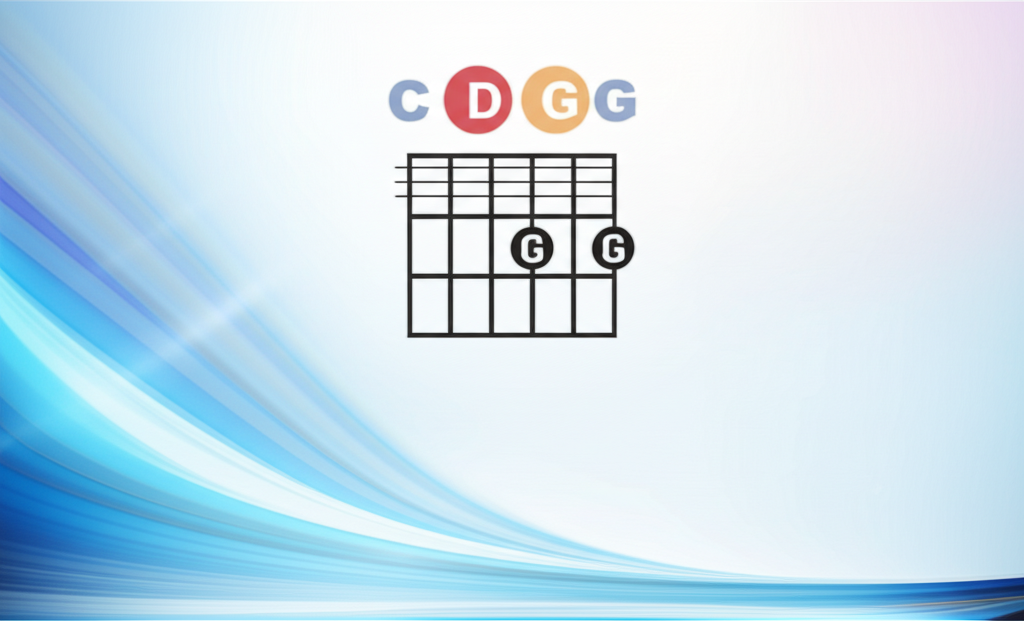
Sus2 Chord: The Open and Airy Suspended Harmony
The sus2 chord (suspended second) is a triad that replaces the defining third with a major second. This simple substitution removes the major or minor quality, creating a uniquely open, …

Mastering the Natural Minor Scale: The Complete Beginner's Guide
This article explores mastering the natural minor scale: the complete beginner's guide, covering its fundamental concepts, practical applications, and musical examples.

Mastering the Minor 11th Chord: Theory and Application
The Minor 11th chord is a rich and complex extended chord that adds depth and color to musical compositions. This guide will explore its construction, historical context, and practical applications...

Mastering the Neapolitan Minor Scale: Theory and Practice
This article explores mastering the neapolitan minor scale: theory and practice, covering its fundamental concepts, practical applications, and musical examples.

Mastering the Classic Rock I-IV-V Chord Progression
This article explores mastering the classic rock i-iv-v chord progression, covering its fundamental concepts, practical applications, and musical examples.

Minor Ninth Chord: Unlocking Dark Sophistication in Your Harmony
The minor ninth chord (m9) is a lush, five-note harmony that infuses the moody quality of a minor seventh chord with the expressive color of a major ninth. This unique …

Mastering the Half Diminished Chord: Construction, Applications, and Exercises
A half diminished chord, also known as a minor seventh flat five (m7♭5), is a four-note chord consisting of:

Perfect Unison: The Fundamental Building Block of Music
The perfect unison is the most fundamental interval in music theory. It occurs when two notes of the same pitch are played simultaneously. This interval serves as the building block …

The 7#11 Chord Demystified: Construction, Usage, and Musical Applications
The 7#11 chord, also known as the dominant seventh sharp eleven, is a rich and colorful extended chord that adds a unique flavor to harmonic progressions. This chord is widely …

The Minor Pentatonic Scale: A Comprehensive Guide for Beginners
This article explores the minor pentatonic scale: a comprehensive guide for beginners, covering its fundamental concepts, practical applications, and musical examples.

The Major Pentatonic Scale: A Universal Key to Melody
This article is a comprehensive guide to the major pentatonic scale, a fundamental five-note scale that forms the melodic backbone of music across countless genres and cultures. Discover its simple...

The Complete Musician's Guide to Altered Dominant (7alt) Chords
The altered dominant, commonly notated as 7alt, is a sophisticated dominant 7th chord that incorporates one or more altered extensions (b9, #9, b5, #5) to create maximum harmonic tension. This …
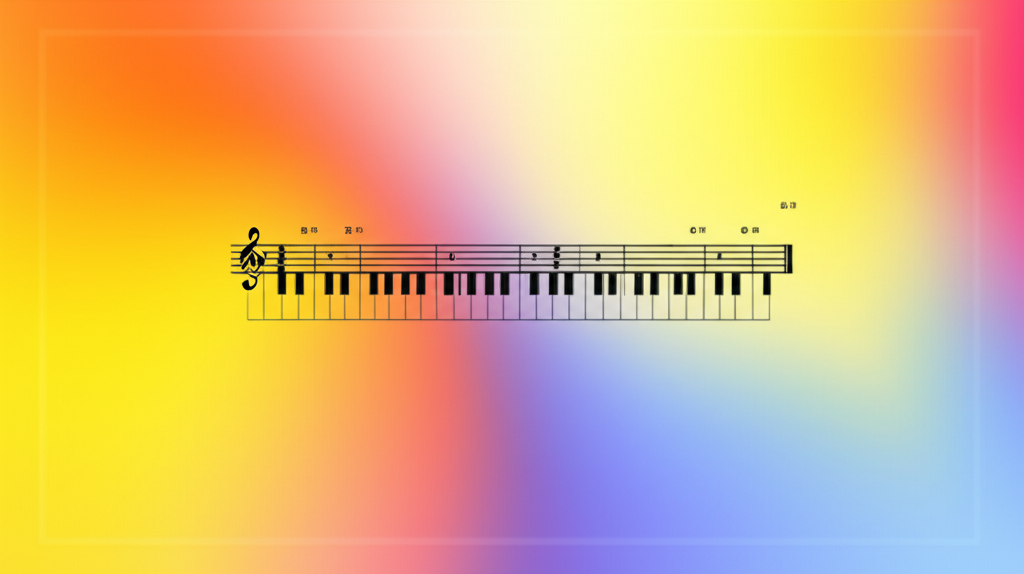
Mastering the Mixolydian Mode: A Complete Guide for Musicians
The Mixolydian mode is one of the seven musical modes derived from the major scale. It is often described as a major scale with a flattened seventh (♭7), giving it …
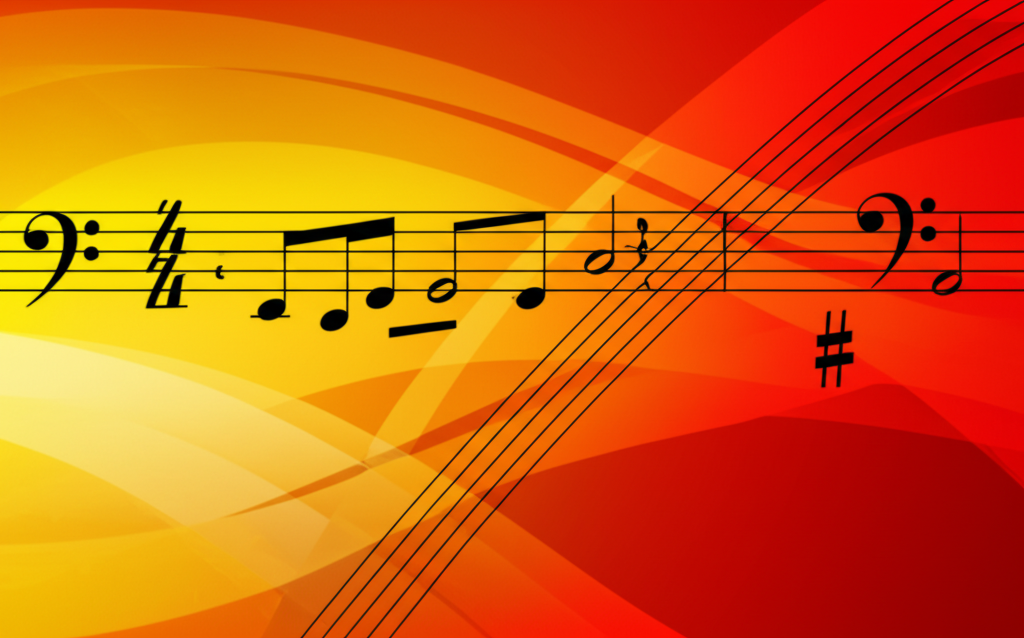
Sus4 Chord: The Classic Suspended Harmony
The sus4 chord (suspended fourth) is a triad where the third is replaced by a perfect fourth above the root. This creates a distinctive, open-sounding harmony with a strong tendency …

The Bebop Dominant Scale: Unlocking the Language of Jazz
The Bebop Dominant scale is an eight-note scale that adds a single chromatic passing tone to the standard Mixolydian mode. This addition is the key to creating the smooth, rhythmically …

Mastering the Perfect Eleventh: A Complete Music Theory Guide
A Perfect Eleventh is a compound interval spanning an octave plus a perfect fourth. In simpler terms, it's the distance from a root note to the note eleven scale degrees …
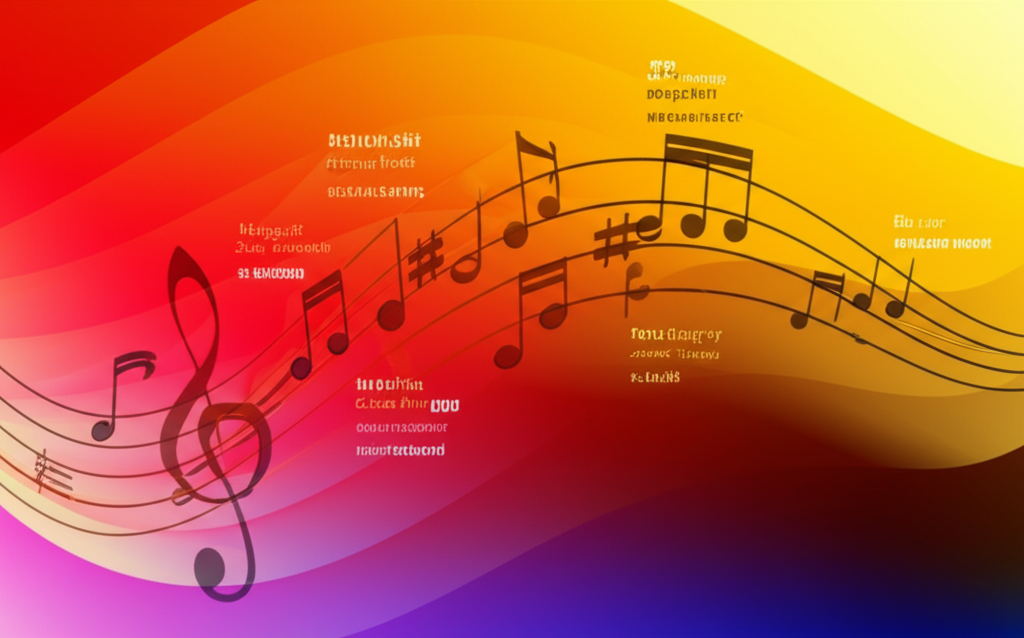
The Essential Guide to the vi-IV-I-V Chord Progression in Alternative Rock
The vi-IV-I-V chord progression is one of the most recognizable and widely used progressions in alternative rock and popular music. In the key of C major, this progression would be: …
Perfect Unison Explained: The Fundamental Interval Every Musician Should Master
This article explores perfect unison explained: the fundamental interval every musician should master, covering its fundamental concepts, practical applications, and musical examples.
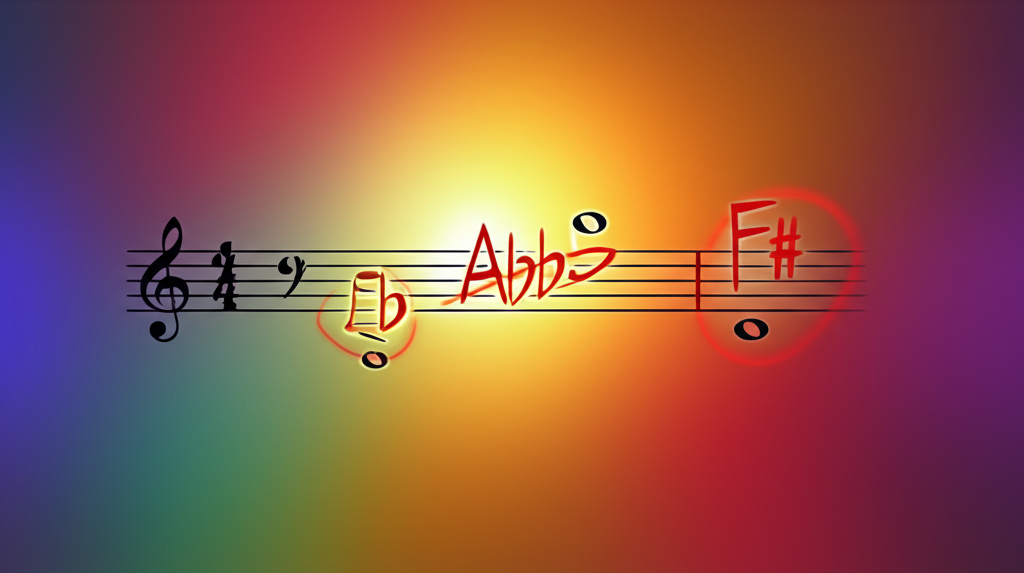
Mastering the Minor Thirteenth: A Complete Guide to This Expressive Interval
A minor thirteenth is a compound interval that spans a minor thirteenth above a root note. It consists of a minor tenth (an octave plus a minor third) plus a …

Unlocking the Secrets of the Minor 13th Chord
The minor 13th chord is a lush, sophisticated harmony that often functions as a point of resolution in jazz and contemporary music. This article demystifies its theoretical structure, explains the...

The Perfect Octave: A Fundamental Interval in Music
The perfect octave is one of the most fundamental intervals in music theory. It is the distance between two notes where the higher note has exactly double the frequency of …
Mastering the Minor Thirteenth: The Complete Guide to This Colorful Interval
The minor thirteenth is a compound interval that spans 20 semitones above the root note, combining an octave plus a minor sixth. In chord construction, it typically appears as an …